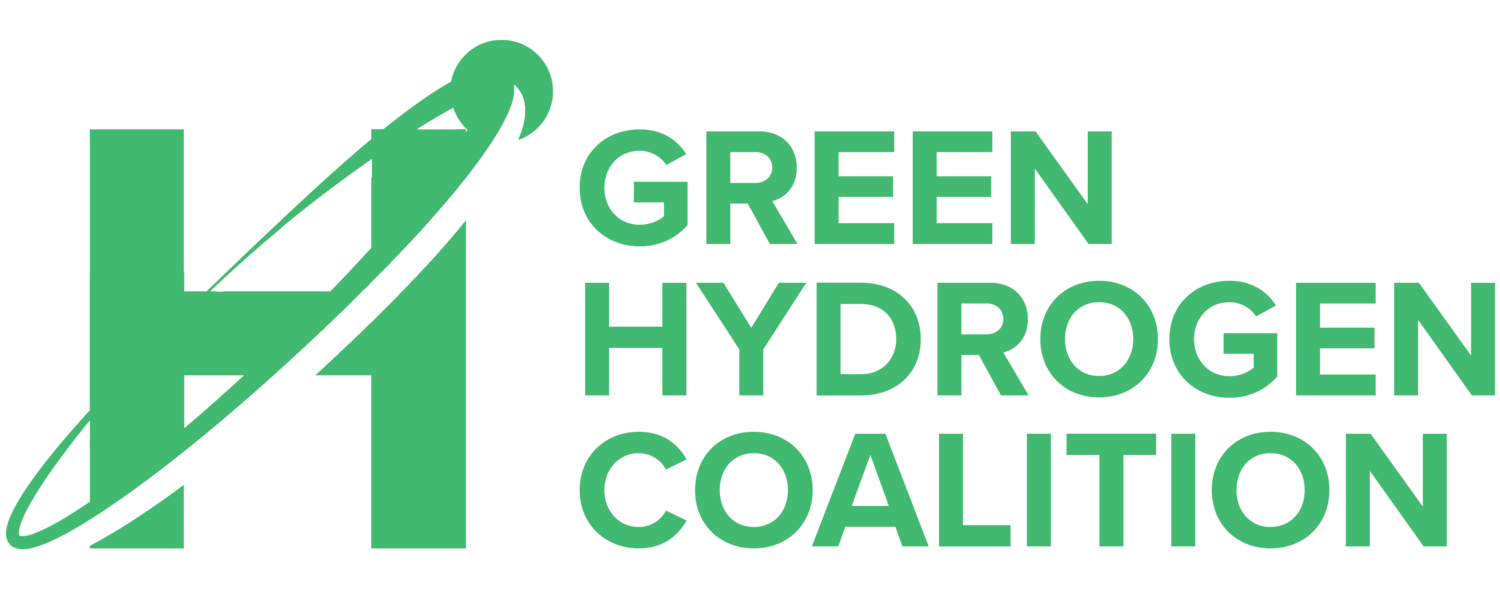Brief | California’s Blueprint to Leverage Green Ammonia Production as a Key Decarbonization Tool
California will need a broad portfolio of renewable resources to reach their decarbonization goals. Experts and policymakers both worldwide and within California are looking to renewable hydrogen to complement electrification as it can provide an alternative pathway to decarbonize hard-to-abate sectors. This increasing interest in renewable hydrogen has led to a notable shift towards exploring its derivatives, particularly ammonia.
Ammonia, a key global commodity compromised of nitrogen and hydrogen, is primarily used as fertilizer for the agricultural sector and for various industrial applications. While ammonia itself is carbon-free, conventional ammonia production pathways rely on fossil fuels, resulting in high levels of direct and indirect greenhouse gas emissions. In contrast, renewable ammonia has the global potential to replace conventional ammonia and achieve the needed emissions reductions in hard-to-decarbonize sectors.
California’s Blueprint to Leverage Green Ammonia Production as a Key Decarbonization Tool highlights the value proposition, production pathways, technology trends, barriers, and market potential of renewable ammonia. While progress is underway, scaling renewable ammonia as a decarbonization tool hinges on addressing four key barriers outlined in this policy brief. Additionally, this blueprint explores how California can tackle these barriers through key policy levers, both at the state and federal level, incentivize increased supply and demand, and foster industry and public acceptance of renewable ammonia.

